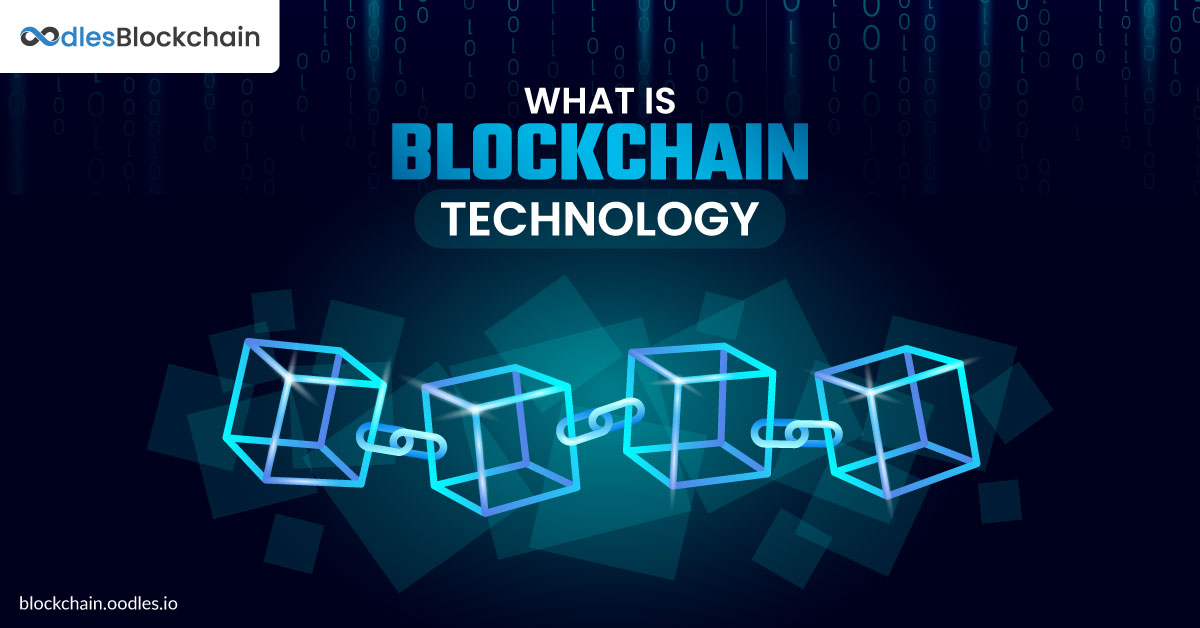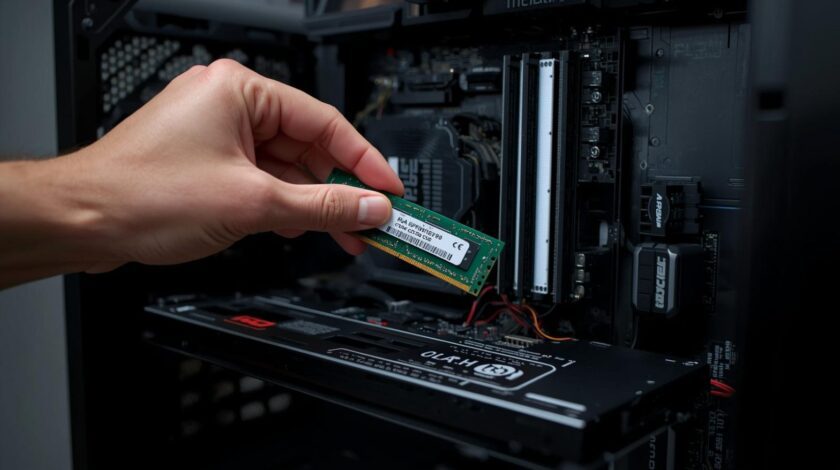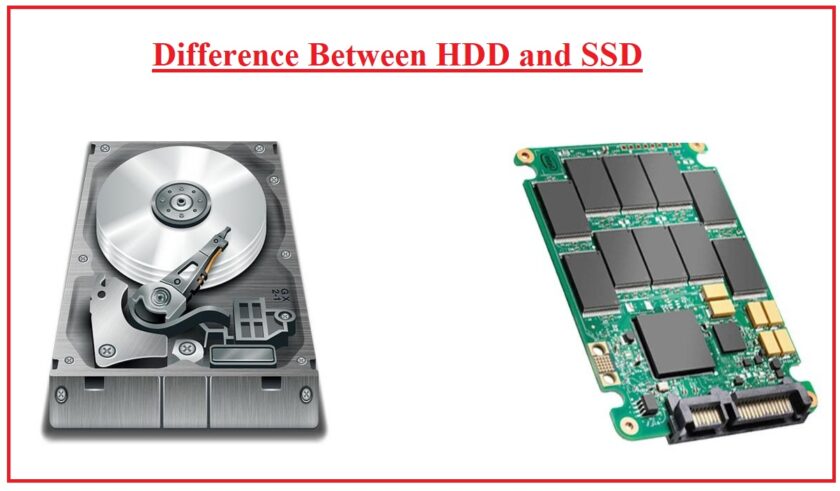Blockchain Technology is a decentralized digital ledger that securely records transactions across a network of computers. Each transaction is grouped into a “block,” which is then linked or “chained” to the previous block, forming a chronological and immutable record. Blockchain is widely known for being the underlying technology behind cryptocurrencies like Bitcoin and Ethereum, but its potential extends far beyond just digital currencies.
Here’s an in-depth look at blockchain technology, its components, types, applications, benefits, challenges, and future potential:
1. Key Components of Blockchain Technology
- Distributed Ledger:
- Blockchain is a distributed ledger that records transactions across multiple nodes (computers) in a network. Unlike traditional systems where a central authority manages the ledger, blockchain allows each participant to have an identical copy of the ledger.
- Example: In Bitcoin’s blockchain, every participant has a copy of the entire transaction history.
- Blocks:
- Each block in a blockchain contains a set of transactions, a timestamp, and a cryptographic hash of the previous block. Once a block is added to the chain, it cannot be altered, ensuring immutability.
- Example: A block might record several Bitcoin transactions and link back to the preceding block, forming a chain.
- Hashing:
- A hash is a unique, fixed-length string generated by a cryptographic algorithm based on the data in the block. Each block’s hash is connected to the next, ensuring that any attempt to alter a previous block would break the chain.
- Example: If a transaction in a Bitcoin block is tampered with, the hash changes, breaking the chain’s integrity.
- Consensus Mechanisms:
- Consensus algorithms are used to agree on the validity of transactions across the network. Different blockchains use different mechanisms, such as Proof of Work (PoW) and Proof of Stake (PoS).
- Example: Bitcoin uses Proof of Work, where miners solve complex mathematical problems to validate transactions and add them to the blockchain.
- Decentralization:
- Blockchain operates without a central authority. Instead, it relies on peer-to-peer networks, where each participant (node) has an identical copy of the blockchain and can participate in validating transactions.
- Example: No single entity controls the Bitcoin network, making it resistant to censorship and fraud.
2. Types of Blockchain
- Public Blockchain:
- A fully decentralized blockchain where anyone can join, read, and participate in the network. Public blockchains are transparent and secure due to their large number of participants.
- Example: Bitcoin and Ethereum are public blockchains where anyone can mine, validate, and transact.
- Private Blockchain:
- A blockchain that operates in a closed network with restricted access. Only authorized participants can read, write, or validate transactions. These blockchains are used by organizations for internal processes.
- Example: Hyperledger is a private blockchain framework often used by businesses for supply chain management.
- Consortium Blockchain:
- A partially decentralized blockchain where a group of organizations collaboratively manages the network. Only a limited set of nodes is allowed to participate in the consensus process.
- Example: A group of banks might create a consortium blockchain to improve cross-border payment efficiency.
- Hybrid Blockchain:
- Combines elements of both public and private blockchains, where certain data is kept public, while sensitive information is restricted to authorized users.
- Example: IBM’s Food Trust blockchain allows public visibility into food traceability data but restricts access to private supply chain details.
3. Applications of Blockchain Technology
- Cryptocurrencies:
- The most well-known application of blockchain, cryptocurrencies like Bitcoin, Ethereum, and Litecoin rely on blockchain to record transactions and ensure security without a central authority.
- Example: Bitcoin transactions are recorded on a public blockchain, making them transparent and immutable.
- Supply Chain Management:
- Blockchain provides a transparent and traceable record of goods moving through a supply chain, helping prevent fraud, improve efficiency, and ensure authenticity.
- Example: Walmart uses blockchain to track the origin of food products, ensuring food safety and traceability.
- Smart Contracts:
- Smart contracts are self-executing contracts with the terms of the agreement directly written into code. These contracts automatically enforce agreements when predefined conditions are met.
- Example: On the Ethereum blockchain, smart contracts enable decentralized applications (dApps) like DeFi (decentralized finance) protocols to operate without intermediaries.
- Voting Systems:
- Blockchain can be used to create secure, transparent, and tamper-proof voting systems, reducing the risk of fraud in elections.
- Example: Estonia has explored blockchain-based voting systems to ensure transparency in their elections.
- Healthcare:
- Blockchain can be used to store and share patient records securely, ensuring privacy and preventing unauthorized access.
- Example: Medicalchain uses blockchain to securely store patient health records and allow authorized professionals to access them.
- Real Estate:
- Blockchain can simplify real estate transactions by recording property ownership and streamlining the transfer of assets without the need for intermediaries.
- Example: Propy is a blockchain-based real estate platform that allows for the buying, selling, and recording of property ownership on a blockchain.
- Digital Identity:
- Blockchain technology can be used to create secure digital identities, giving individuals control over their personal information and reducing identity theft.
- Example: Sovrin Foundation uses blockchain to build decentralized identity systems that allow users to control their digital identities.
- Financial Services:
- Blockchain is revolutionizing the financial sector by enabling faster, cheaper, and more transparent transactions without intermediaries like banks.
- Example: Ripple uses blockchain technology to facilitate instant cross-border payments between financial institutions.
4. Benefits of Blockchain Technology
- Decentralization:
- Blockchain removes the need for a central authority, distributing control across a network of participants. This reduces the risk of single points of failure and increases trust.
- Example: In Bitcoin, no central bank or government controls the network, making it more resilient to external manipulation.
- Transparency:
- Blockchain’s public ledger allows all participants to view the entire transaction history, ensuring transparency and reducing the risk of fraud.
- Example: In supply chain management, companies can trace the origin and movement of products, ensuring authenticity.
- Security:
- The cryptographic nature of blockchain and its decentralized architecture make it highly secure. Once data is recorded, it’s extremely difficult to alter or tamper with.
- Example: Hacking into a blockchain would require taking control of the majority of nodes in the network, which is computationally infeasible in large networks like Bitcoin.
- Immutability:
- Data on a blockchain cannot be modified or deleted once it’s added, ensuring a permanent and auditable record of all transactions.
- Example: Once a transaction is recorded in Bitcoin’s blockchain, it’s there forever, providing a complete history of all transactions.
- Cost Efficiency:
- By eliminating intermediaries and automating processes (such as using smart contracts), blockchain can reduce transaction costs and increase operational efficiency.
- Example: Blockchain reduces the need for banks and brokers in financial transactions, lowering fees and processing times.
- Trust:
- Blockchain creates trust among participants in a network, even if they don’t know or trust each other, by ensuring that all transactions are verifiable and immutable.
- Example: In decentralized finance (DeFi), smart contracts facilitate trustless transactions without the need for intermediaries.
5. Challenges of Blockchain Technology
- Scalability:
- Blockchain networks, especially public ones like Bitcoin and Ethereum, face scalability issues due to slow transaction processing times and high energy consumption.
- Solution: Innovations like layer-2 solutions (e.g., Lightning Network for Bitcoin) and consensus mechanisms like Proof of Stake (PoS) aim to improve scalability.
- Energy Consumption:
- Proof of Work (PoW), the consensus mechanism used by Bitcoin, requires massive amounts of computational power, leading to high energy consumption.
- Solution: Transitioning to more energy-efficient consensus mechanisms, like Ethereum’s shift to Proof of Stake (PoS) with Ethereum 2.0.
- Regulatory Uncertainty:
- Governments and regulatory bodies are still grappling with how to regulate blockchain technologies, especially in areas like cryptocurrencies, where fraud and illegal activities are a concern.
- Solution: Ongoing dialogue between blockchain innovators and regulators is essential to establish clear guidelines that protect consumers without stifling innovation.
- Complexity:
- Blockchain is still a complex and emerging technology, which can make it difficult for businesses and individuals to understand and adopt.
- Solution: Continued education, user-friendly tools, and blockchain-as-a-service platforms are helping to reduce the barrier to entry.
- Privacy Concerns:
- While blockchain offers transparency, it can also raise privacy concerns, as transaction details are publicly visible on some blockchains.
- Solution: Solutions like zero-knowledge proofs and private blockchains are being developed to enhance privacy while maintaining security.
6. Future of Blockchain Technology
- Decentralized Finance (DeFi):
- DeFi is one of the fastest-growing applications of blockchain, enabling financial services like lending, borrowing, and trading without intermediaries. As it matures, DeFi could reshape the entire financial system.
- Example: Platforms like Aave and Uniswap are allowing users to lend and trade digital assets without needing a bank or exchange.
- Interoperability:
- Future developments will focus on creating interoperability between different blockchains, allowing them to communicate and share data seamlessly.
- Example: Projects like Polkadot and Cosmos aim to connect multiple blockchains, allowing them to work together.
- Tokenization of Assets:
- Blockchain will enable the tokenization of real-world assets, such as real estate, art, and even intellectual property, allowing them to be traded digitally.
- Example: Platforms like RealT allow fractional ownership of real estate properties through tokenized assets.
- Central Bank Digital Currencies (CBDCs):
- Governments are exploring blockchain for developing Central Bank Digital Currencies (CBDCs), which could represent digital versions of national currencies.
- Example: China’s digital yuan and various other countries’ CBDC initiatives are exploring the use of blockchain for national currency issuance.
- Sustainability and Energy:
- Blockchain is increasingly being explored for its potential in sustainability projects, such as tracking carbon credits and enabling peer-to-peer energy trading.
- Example: Energy Web uses blockchain to track and certify renewable energy production.
Conclusion
Blockchain technology represents a revolutionary shift in how data is stored, shared, and secured. Its decentralized, transparent, and secure nature has the potential to disrupt numerous industries beyond just finance, including healthcare, supply chains, real estate, and more. Despite challenges like scalability and regulatory uncertainty, blockchain’s long-term potential is enormous, especially as new use cases emerge, and technology continues to evolve. As businesses and governments increasingly recognize its value, blockchain is poised to play a pivotal role in shaping the future of digital infrastructure.






